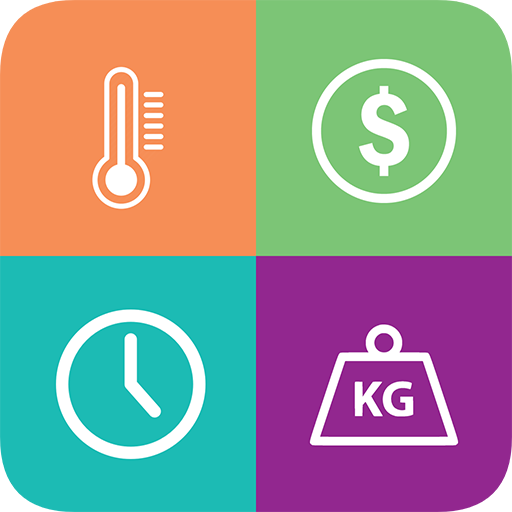Convert Liter to Gallon (US)
Enter a value in liters to convert it to US gallons:
Liter
Definition: A liter (symbol: L) is a unit of volume that is accepted for use with the International System of Units (SI) but is technically not an SI unit. One liter is equal to 1 cubic decimeter (dm3), 1,000 cubic centimeters (cm3), or 1/1,000 cubic meters (m3).
History/origin: There was a point from 1901 to 1964 when a liter was defined as the volume of one kilogram of pure water under the conditions of maximum density at atmospheric pressure. However, due to the mass-volume relationship of water being based on a number of factors that can be cumbersome to control (temperature, pressure, purity, isotopic uniformity), as well as the discovery that the prototype of the kilogram was slightly too large (making the liter equal to 1.000028 dm3 rather than 1 dm3), the definition of the liter was reverted to its previous, and current definition.
Current use: The liter is used to measure many liquid volumes as well as to label containers containing said liquids. It is also used to measure certain non-liquid volumes such as the size of car trunks, backpacks and climbing packs, computer cases, microwaves, refrigerators, and recycling bins, as well as for expressing fuel volumes and prices in most countries around the world.
Gallon (US)
Definition: A gallon is a unit of volume specifically regarding liquid capacity in both the US customary and imperial systems of measurement. The US gallon is defined as 231 cubic inches (3.785 liters). In contrast, the imperial gallon, which is used in the United Kingdom, Canada, and some Caribbean nations, is defined as 4.54609 liters. In both systems, the gallon is divided into four quarts. Quarts are then divided into two pints and pints are divided into two cups. A cup is comprised of two gills, making one gallon equal four quarts, eight pints, sixteen cups, or thirty-two gills. Further differentiating the US and the imperial gallon, a US gill is divided into four fluid ounces, while an imperial gallon is divided into five. A US fluid ounce is therefore 1/128 of a US gallon while an imperial fluid ounce is 1/160 of an imperial gallon.
History/origin: The term gallon most closely originates from “galon” in Old Northern French and developed as a system for measuring wine and beer in England, resulting in measures such as the wine gallon, ale gallon, and imperial gallon.
Current use: In the United States (US), gallons are often used for larger containers, such as half gallon tubs of ice cream or one-gallon cartons of milk. Gallons are also widely used in fuel economy expression in the US, as well as some of its territories. The imperial gallon is used even more sparingly than the US gallon, with most countries around the world using liters when referencing fuel.
Liter to Gallon (US) Conversion Table
| Liter [L, L] | Gallon (US) [gal (US)] |
|---|---|
| 0.01 L, l | 0.0026417205 gal (US) |
| 0.1 L, l | 0.0264172052 gal (US) |
| 1 L, l | 0.2641720524 gal (US) |
| 2 L, l | 0.5283441047 gal (US) |
| 3 L, l | 0.7925161571 gal (US) |
| 5 L, l | 1.3208602618 gal (US) |
| 10 L, l | 2.6417205236 gal (US) |
| 20 L, l | 5.2834410472 gal (US) |
| 50 L, l | 13.2086026179 gal (US) |
| 100 L, l | 26.4172052358 gal (US) |
| 1000 L, l | 264.1720523581 gal (US) |
How to Convert Liter to Gallon (US)
1 L, l = 0.2641720524 gal (US)
1 gal (US) = 3.785411784 L, l
Example: convert 15 L, l to gal (US):
15 L, l = 15 × 0.2641720524 gal (US) = 3.9625807854 gal (US)

